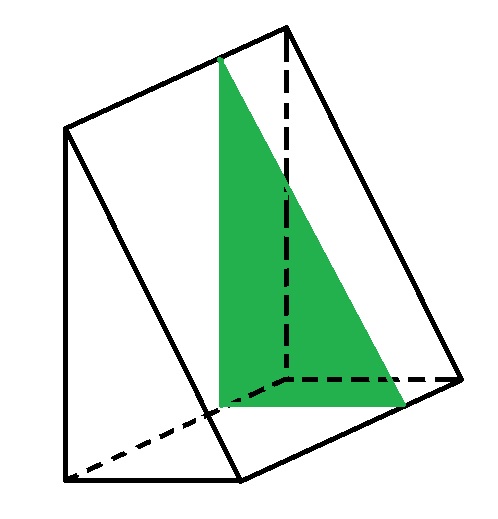The net of a 3D shape is what it would look like if it was unfolded and laid flat.
There are many types of nets for the different 3D shapes.
For example, below are the eleven different ways of making a 3D cube from a 2D net.
A net is made from polygons (2D shapes with straight sides) that can be folded and joined to make a polyhedron (a 3D shape with polygon faces).
Some examples of polyhedrons are cubes, cuboids and prisms.
Cones and spheres are not polyhedrons as their faces are not polygons – they are curved.
A prism is any shape where its two opposite ends are equal shapes, called bases, and the sides in between these bases are parallelograms. Parallelograms are quadrilaterals with two pairs of parallel sides – so squares and rectangles are also parallelograms. You can see that this shape below is a prism, as its ends are equal shapes (triangles) and the other sides joining these ends are three rectangles. It would be called a triangle-based prism.
Prisms should have the same cross-section all the way along – meaning if they were cut at any point along their length, the shape revealed inside was exactly the same as the bases.



